After Later Audio Benjolin V2 Handleiding
After Later Audio
Niet gecategoriseerd
Benjolin V2
Bekijk gratis de handleiding van After Later Audio Benjolin V2 (10 pagina’s), behorend tot de categorie Niet gecategoriseerd. Deze gids werd als nuttig beoordeeld door 302 mensen en kreeg gemiddeld 4.3 sterren uit 151.5 reviews. Heb je een vraag over After Later Audio Benjolin V2 of wil je andere gebruikers van dit product iets vragen? Stel een vraag
Pagina 1/10

BENJOLIN V2 MANUAL
Manual ision A Rev
HISTORY
The Benjolin has it s origins in a DIY kit that could be assembled in ’
one sitting. The kit resulted in a standalone instrument that could
be run on 9V battery power. Rob made the schematics available non ( -
commerical use for folks to expand their learnin . The instrument ) g
was o much fun that folks leveraged that schematic to port the designs
to many modular formats and additional standalone instruments. The
overall popularity resulted in officially licensed versions of the
Benjolin being made available in various formats.
DESCRIPTION
There are four main sections to the Benjolin: two oscillators, the
Rungler (stepped CV generator), and a multimode filter. The
oscillators feed data and clock into the shift register that outputs a
stepped CV voltage (via an R2R DAC) that can then be mixed back into
the oscillator creating a chaotic system that is constantly seeking s
balance. The outputs of the oscillators are then mixed into a PWM
signal that is sent to the multimode filter section.
It is highly recommended to spend some time reading the signal flow
and playing with the module. It should help you get a feel for how to
control this complicated chaos machine.
New to the Benjolin V2:
• Reworked oscillator and filter sections
• All levels are adjusted to eurorack standards
• Two different steps modes (8/16 and 127)
• Double and single clock rate
• Externally clockable
• External filter input with blend control
• Support for the Turing Machine expanders (with Tom’s permission)

OSCILLATORS
Oscillator 1 and 2 have identical controls and inputs/outputs.
Pitch: Coarse pitch control to control the frequency of each oscillator.
Rungler: The ammount of Rungler stepped CV that is applied to each
oscillator.
CV Pitch: CV pitch input with an attenuator to control the amount of impact
on the pitch of the oscillator. The jack is normalled to the triangle output
of the opposite oscillator (OSC1 CV pitch input is normalled to the OSC2
triangle wave).
Waveform Outputs: Triangle and Square/Pulse outputs for each oscillator.
It is important to note that the oscillators sections do support v/oct.not
This might feel odd but once you play with the module it will become clear
why this is not important.

RUNGLER
The Rungler section is centered on shift register that uses an R2R DAC to a
create a stepped CV voltage. There are two inputs into the shift register ,
the data to sample (which comes from OSC1) and clock sp (which comes from eed
OSC2) . You can play with the speed of both of the oscillators and see how
they influence the stepped CV output from the Rungler.
Change: Controls how much the rungler is allowed to e in new data, and tak
therefore change the stepped CV output. Full CCW and CW does not allow new
data into the shift register, and therefore locks the stepped CV loop. When
the knob is at the midpoint/top, ungler takes in all new data does the R and
not recirculate any data.
Steps: Toggle switch to control how the data in the shift register is
recirculated. There are two modes of 8/16 steps and 127 steps.
Rate: Controls how the clock on the shift register is advanced. The single
clock rate only advances on the rising e . The double clock rate will dge
advance on both the rising and falling edge of the clock signal.
Product specificaties
| Merk: | After Later Audio |
| Categorie: | Niet gecategoriseerd |
| Model: | Benjolin V2 |
Heb je hulp nodig?
Als je hulp nodig hebt met After Later Audio Benjolin V2 stel dan hieronder een vraag en andere gebruikers zullen je antwoorden
Handleiding Niet gecategoriseerd After Later Audio

10 April 2023

7 Februari 2023

7 Februari 2023

7 Februari 2023

1 Februari 2023

18 Januari 2023
Handleiding Niet gecategoriseerd
- Alba
- Bitspower
- FeinTech
- Danby
- Jan Nowak
- Victor
- Elbro
- Cool Head
- AeroCool
- Kaiser
- Brinsea
- DMax
- Springfree
- Pentatech
- Rocketfish
Nieuwste handleidingen voor Niet gecategoriseerd
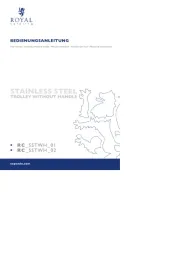
18 September 2025

18 September 2025
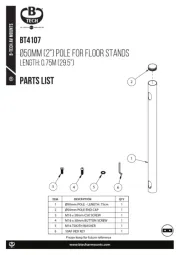
18 September 2025
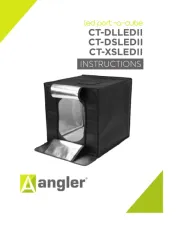
18 September 2025
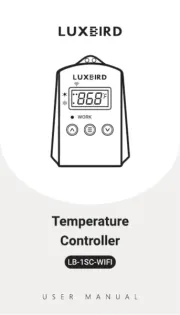
18 September 2025
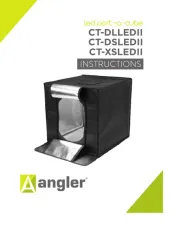
18 September 2025
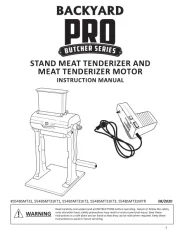
18 September 2025

18 September 2025

18 September 2025
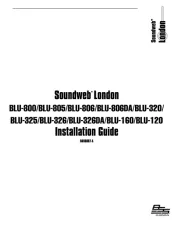
18 September 2025